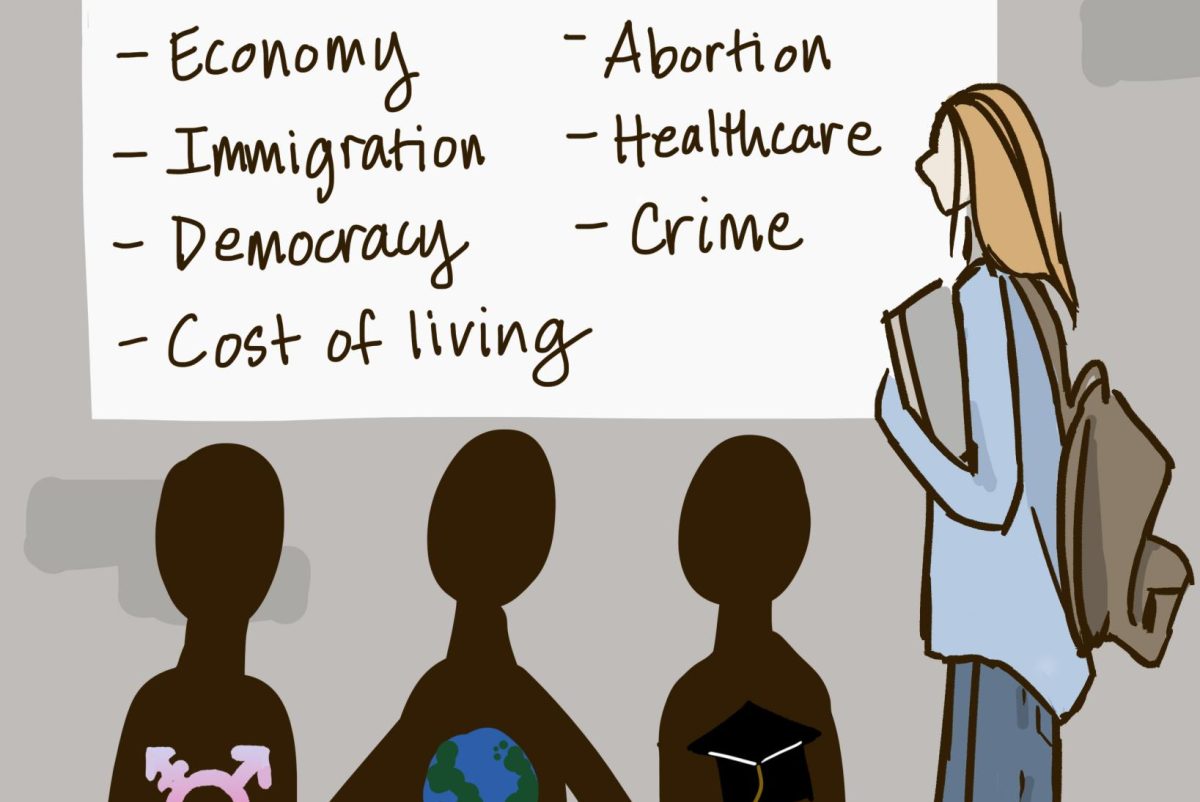When you last found a hole in your sock, was your reaction to take out your sewing kit and patch up the hole, or did you immediately order a new pair? For many, the latter prevails every time. Just this year, according to Amazon, U.S.-based sellers sold more than 4.5 billion items—an average of 8,600 items every minute—in 2023 alone. In our capitalist society, where mindless consumerism reigns over millions, the significance of traditional practices is fading into obscurity. The simplified experience of replacing items with a click significantly undermines traditional practices that promote self-sufficiency, requiring us to take time and effort to get our hands dirty.
This loss especially affects younger generations, the target audience of most mass corporations; it’s we teenagers who have forgotten how to stand on our own two feet without advanced technology. The main catalyst of this decline is the immediacy and convenience of online shopping for easily accessible, mass-produced goods. When one falls into the cycle of buying more and more online, they lose the ability to regain their independence from retailer reliance, our dependence on mass corporations. A 2019 survey by the American Sewing Guild found that only 18% of current teenagers know how to sew, unlike the stark 60% of their grandparent’s generation. What’s so disturbing about this decline is that the majority of that minority are aware of their reliance on capitalism but are too caught in the inertia of their habits to break out of this cycle.
And, of course, we are all byproducts of our culture, the media and trends we consume as we swipe our fingers across the phone or scroll through websites on our computers. Amazon’s entire business model thrives on the rapid turnover of products, and they use aggressive marketing and social media promotions to overlook the value of reusing anything. Large corporations like Amazon also contribute to this paradigm by producing low-quality products that easily fall into disrepair, creating a self-perpetuating cycle of rampant production and consumption—most people cannot repair the thin sheet of polyester marketed as a SHEIN crop top, so they have no choice but to buy another.
What many of us don’t pause to consider is that with the rise of production and our disinterest in repurposing, the environment bears the brunt of the repercussions. The Environmental Protection Agency reported that 11.3 million tons of textile waste was found in landfills in 2018. According to Amazon’s earnings report in 2021, the company generated a staggering $469.8 billion in net sales. However, half of those purchased products end up in a landfill because, although the production and delivery seem fast, the quality of products has become so substandard that the consumer must repurchase them again and again.
While we seem irrevocably caught in this consumer culture, through practices of self-awareness and education, we can actually make the shift quite easily. Supporting small businesses rather than mass corporations, recycling broken items instead of discarding them, and learning how to repair items are all simple practices that can reduce buying tendencies. You don’t need that new shirt from Zara or a fresh pair of Lululemon shorts. Watch a YouTube video or take a summer sewing class to teach you how to patch up the hole in your sock.
























